What are the differences in how wide the kerf is and how deep the face or snipe is?
I would think a big kerf or box cut with a small snipe would kind of chuck the tree off and away of the stump.
Whereas a narrow kerf and a deep steep face would get the butt to slip right off the stump and hit the deck.
You are close on that...theoretically speaking. I have been around a lot of timber fallers, and the "jumping trees" discussion has always been perplexing for me, because I have tried countless different times and methods to do it, and my conclusion is that it all boils down to how strong the wood fibers are that are in the hinge wood and how they hold on when the top cut makes contact with the bottom cut. In my experience if the fibers are tougher, you get more of a snap and consequently more of a jump out of the tree, and never really seemed to matter as to the type of notch, unless you are talking a very wide open face where the tree is almost to the ground before top and bottom cuts make contact. The only cut that I ever was able to get much action out of when it came to jumping a tree (remember, imho, the wood fibers have to be tough to get a good pull, and snap) was to cut a full face dutchman, or a kerf all the way across the face determined by the size of the tree. Hope all this makes sense...I know when guys get to talking about their methods on here it all confuses me

I Cut a big red oak up hill and used a box cut with a snipe on top and bottom to try and keep it from going down hill.
So were you trying to hold the tree on the stump and keep it from sliding down the hill?
I am also curious about a siswheel, I have seen one example. im guessing it allows the holding wood to flex and not break as soon while the tree goes down. mabe?
A sezwheel(not sure how it is spelled but this is how I always pronounced it) is only on one half of the holding wood, so picture a square humboldt like this:
On one half of an undercut, paired with a normal humboldt on the other half. You are correct that the idea is to get more flex, or more action out of your holding wood especially when swinging a tree with a dutchman. I use it a lot around here when I am cutting big cottonwoods, and I used it a lot when I was falling timber professionally. The next time I do one I will try to remember to snap some pics!

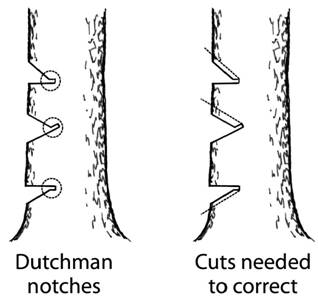






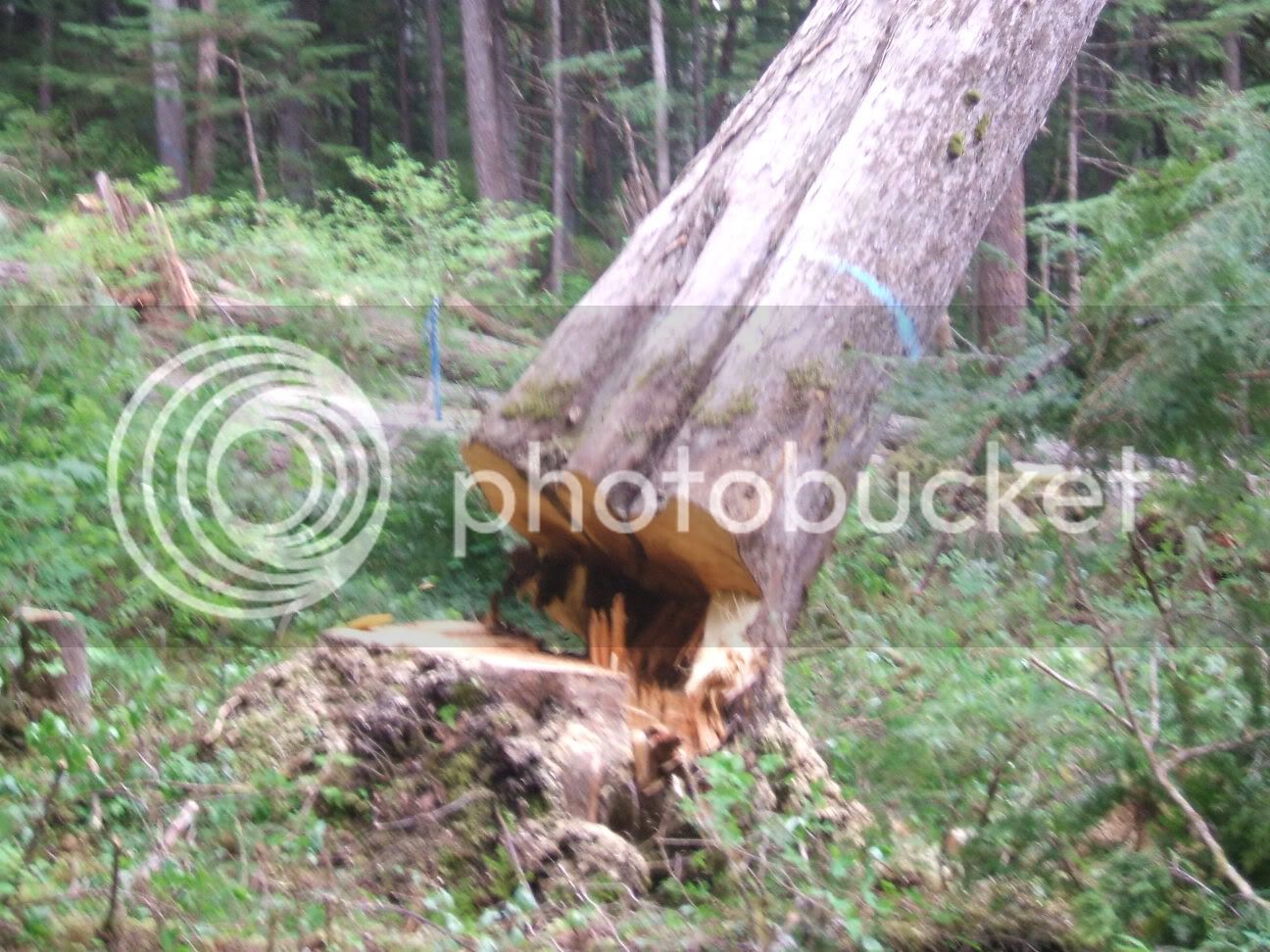
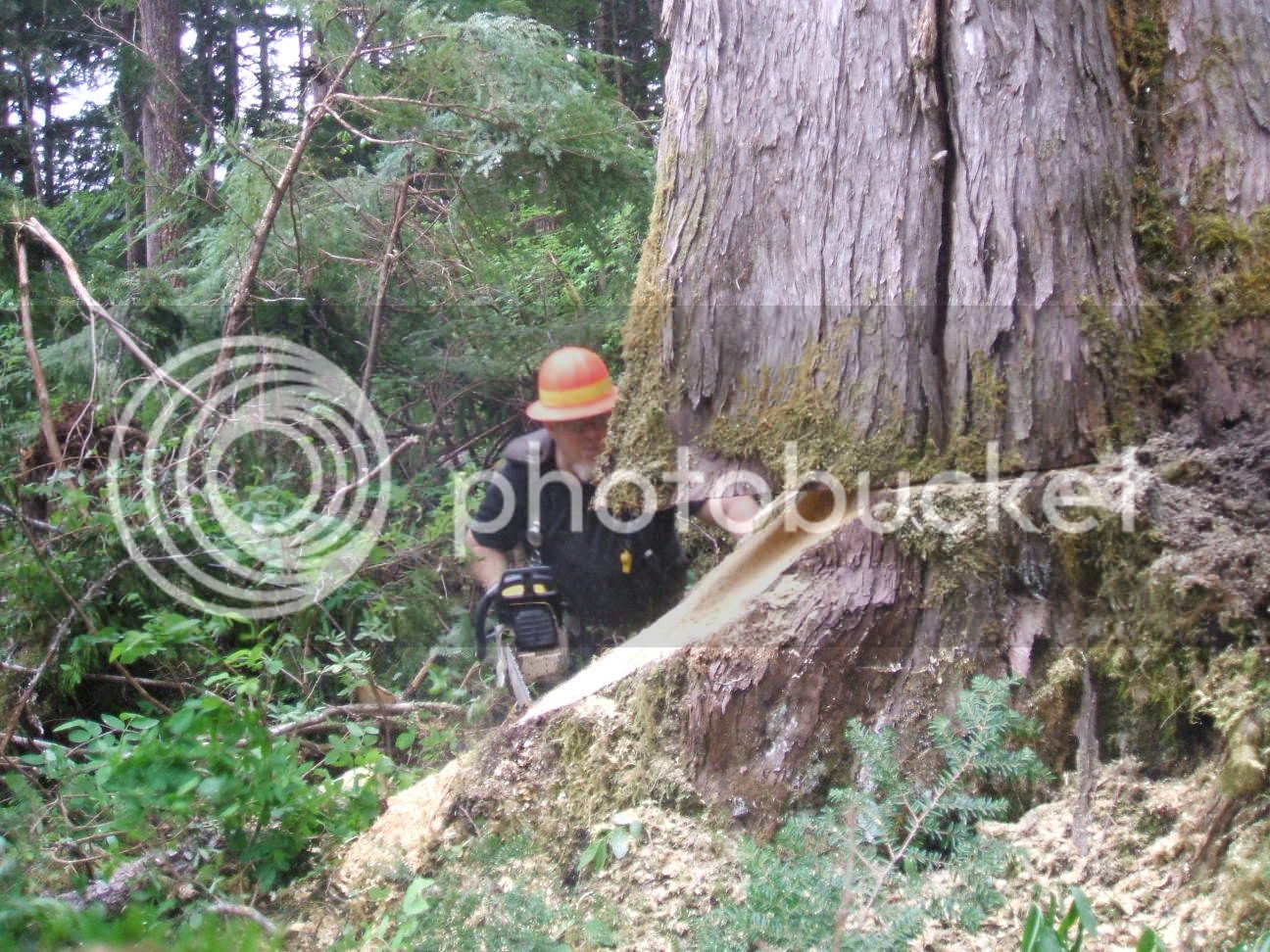
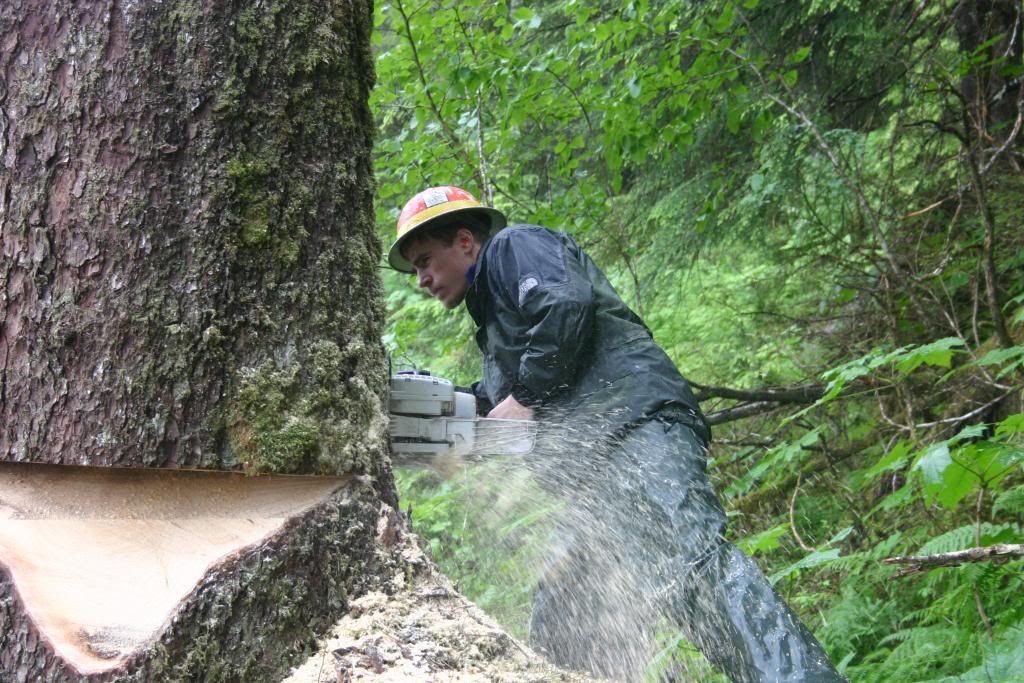




















































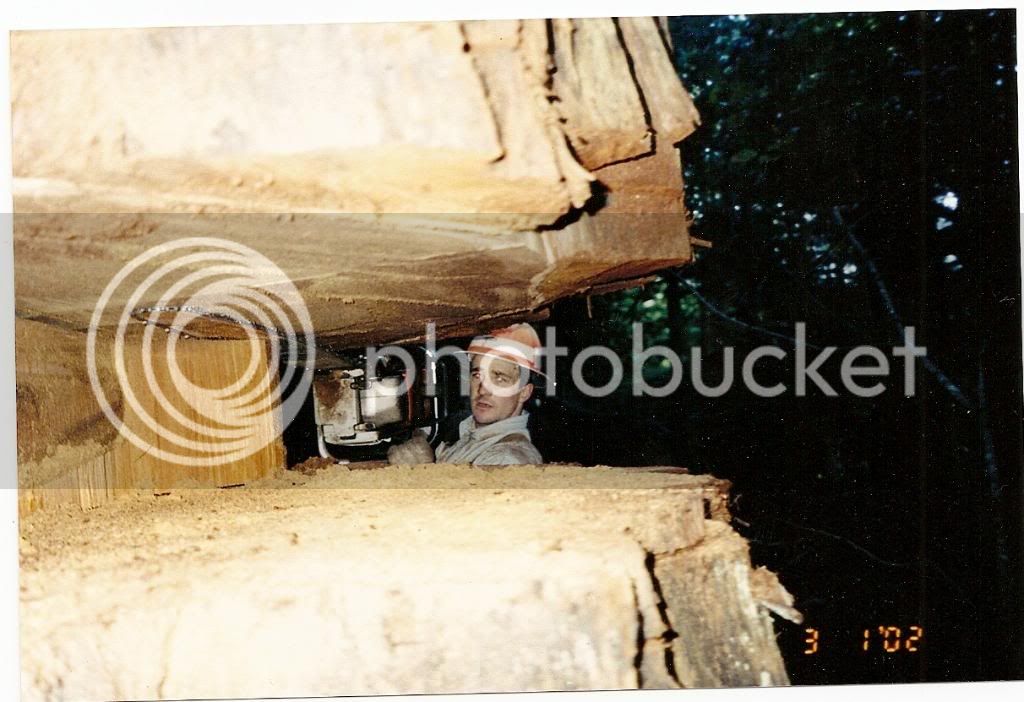
 Thanks for your compliments but I wish that some of the fallers that I looked up to would get on this site...they are the ones that I learned from and have a lot more knowledge than myself to soak up.
Thanks for your compliments but I wish that some of the fallers that I looked up to would get on this site...they are the ones that I learned from and have a lot more knowledge than myself to soak up.